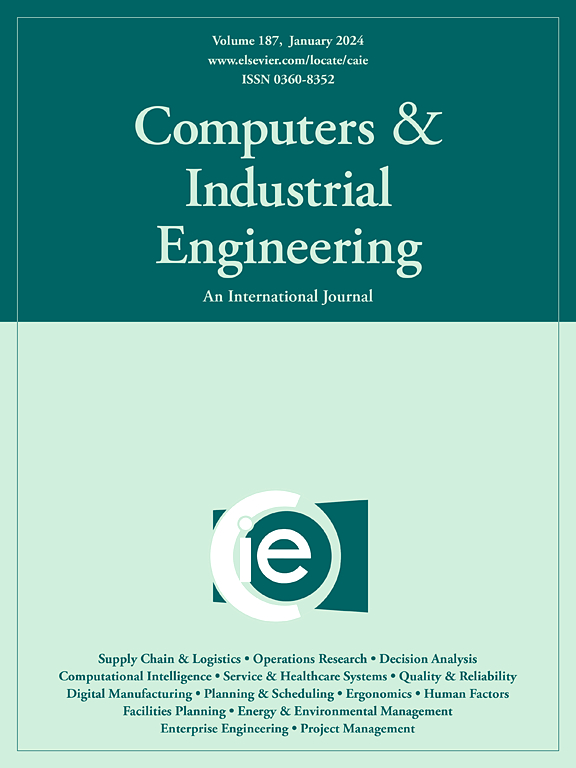Event triggered NN-embedding compensation fault tolerant control for high-speed trains with actuator saturation
IF 6.5
1区 工程技术
Q1 COMPUTER SCIENCE, INTERDISCIPLINARY APPLICATIONS
引用次数: 0
Abstract
In this paper, an event-triggered neural network (NN) embedding compensation control scheme for a high-speed train (HST) with unknown dynamics, unknown disturbances, actuator faults, and asymmetric nonlinear actuator saturation (ANAS) is investigated. The adaptive PID sliding mode fault-tolerant control (PID-SMFTC) with mix basis function approximation (MBF) and finite-time nonlinear disturbance observer (FTNDOB) is proposed as base controller of event triggered NN-embedding compensation control. The MBF is employed to approximate the unknown dynamics term in HST system and eliminate the effect of ANAS. The FTNDOB is used to estimate unknown disturbances within a finite time. Then, NN-embedding compensation control scheme with two event triggered threshold strategies are proposed to optimize the performance of the base controller. Comparing with NN-embedding compensation controller, these methods reduce the consumption of communication and computation resources by optimizing the base controller’s performance only when events are triggered. Finally, simulation results using an actual train dynamic model are showcased to validate the effectiveness and feasibility of the proposed schemes.
动器饱和高速列车事件触发神经网络嵌入补偿容错控制
针对具有未知动力学、未知扰动、执行器故障和非对称非线性执行器饱和的高速列车,研究了一种事件触发神经网络(NN)嵌入补偿控制方案。提出了基于混合基函数近似(MBF)和有限时间非线性扰动观测器(FTNDOB)的自适应PID滑模容错控制(PID- smftc)作为事件触发nn嵌入补偿控制的基控制器。利用MBF逼近HST系统中的未知动力学项,消除ANAS的影响。FTNDOB用于估计有限时间内的未知干扰。然后,提出了采用两种事件触发阈值策略的神经网络嵌入补偿控制方案,以优化基本控制器的性能。与嵌入神经网络补偿控制器相比,这些方法通过只在事件触发时优化基本控制器的性能,减少了通信和计算资源的消耗。最后,通过实际列车动力学模型的仿真结果验证了所提方案的有效性和可行性。
本文章由计算机程序翻译,如有差异,请以英文原文为准。
求助全文
约1分钟内获得全文
求助全文
来源期刊

Computers & Industrial Engineering
工程技术-工程:工业
CiteScore
12.70
自引率
12.70%
发文量
794
审稿时长
10.6 months
期刊介绍:
Computers & Industrial Engineering (CAIE) is dedicated to researchers, educators, and practitioners in industrial engineering and related fields. Pioneering the integration of computers in research, education, and practice, industrial engineering has evolved to make computers and electronic communication integral to its domain. CAIE publishes original contributions focusing on the development of novel computerized methodologies to address industrial engineering problems. It also highlights the applications of these methodologies to issues within the broader industrial engineering and associated communities. The journal actively encourages submissions that push the boundaries of fundamental theories and concepts in industrial engineering techniques.
 求助内容:
求助内容: 应助结果提醒方式:
应助结果提醒方式:


